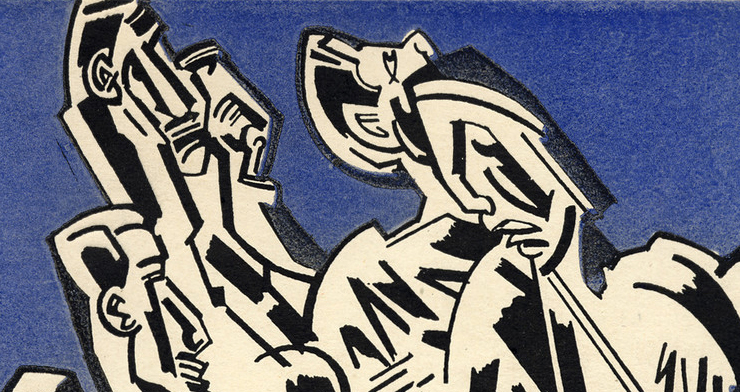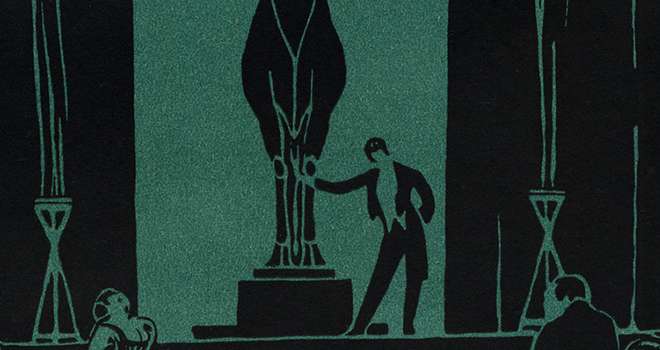Time in Barnes' "Nightwood"
Submitted by Daniel Thater on Tue, 11/08/2022 - 19:27As I read Nightwood, I couldn’t help but think back to one of our initial course readings, Sherry’s piece that attempts to define modernism as an era/intellectual movement concerned with time. Sherry discusses the different definitions for this (the Avant Garde proclivity of the moderns, for instance, breaks with historical/aesthetic tradition and establishes its own time, birthed on its own terms with its own rules). When thinking about “time” and Nightwood, see a similar unifying thread as Sherry sees in modernism.
From the first page, Felix is born without connections to the past, with his father dying during pregnancy and his mother dying during birth. As a result, Felix only has the two portraits as artifacts, stories of his parents, and a separation from “exact history” (10). He seems to compensate for that with an “obsession for what he termed Old Europe” (11). We see the theme of time shoot through Felix and Robin’s first interaction. Felix notices the “timeless” in her eyes which contrasts with the symbolic discussion of woman that follows: “Such a person’s every movement will reduce to an image of a forgotten experience; a mirage of an eternal wedding… Such a woman is an infected carrier of the past” and the connection between the current generation and their “forefathers” (41).
If I’m reading this passage correctly, Robin is initially thrown in contrast with the typical housewife who is symbolic of patriarchal traditions and their continuance through children. Robin is not this, as we learn; but Felix is invested in this project, a correction of his own childhood. In the next scene, as he speaks with the doctor about marriage and children, Felix says “to pay homage to our past is the only gesture that also includes the future” (43). Through Robin and the children he wants her to bear, he is trying to forge temporal ties that more together the past and the future. Later we learn of Felix’s vision: “the destiny for which he had chosen [Robin]—that she might bear sons who would recognize and honour the past. For without such love, the past… would die away from the world” (49). As Felix attempts to tether Robin, she wanders in “exile” as Winterson’s preface would label it. Especially once the child is born, Robin is gone for “hours, days later” as she can sense an end to time: “a catastrophe that had yet no beginning” (referring to motherhood and perhaps family life more broadly) (52-3).
At the center of the text is a contest for possession of Robin, a ghost-like, ephemeral character who appears in the text mainly in conversation. In thinking about time, Nora’s desire to possess Robin is consistently equated with the end of one’s experience of time, death (63, 69). Barnes continues this discussion with Nora and O’Connor’s conversation in his apartment (see Nathan’s post for a breakdown of this). While Nathan convincingly connects this scene to a discussion of uncertainty and fluid identities, I see it as part of a discussion of death (90, 103) and thus a discussion of the interrelated concepts of time, memory, and history. Indeed, the second half of the narrative is mostly dedicated to Nora’s grief at losing Robin. It is a processing of a lost time and a lost person. Nora attempts to forge connections with that past with a letter, but does so in vain. Robin is unmoored from time, at least from the histories of the other characters in the narrative; perhaps the final scene is her departure from the world of human history and into the world of timeless nature.


